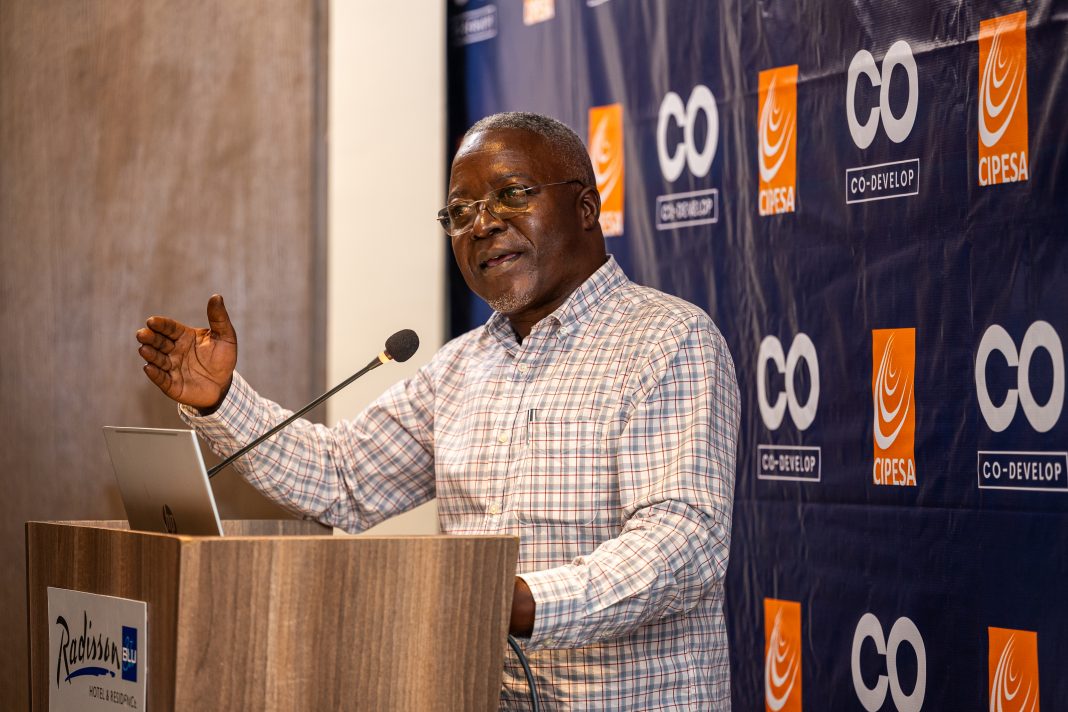By Milliam Murigi
Coverage of Digital Public Infrastructure (DPI) and Digital Public Goods (DPGs) in Eastern Africa remains limited, event-driven, and dominated by government voices, leaving out critical perspectives on governance, inclusion, and citizens’ rights, a new report has revealed.
The study, conducted by The Collaboration on International ICT Policy for East and Southern Africa (CIPESA), examined how media in Kenya, Tanzania, Uganda, Rwanda, Ethiopia, the Democratic Republic of Congo (DRC), and South Sudan reported on DPI and DPG issues throughout 2024.
“Our research shows that while digital transformation is taking root across the region, the media is yet to catch up in terms of depth and diversity of coverage. We found that most stories are reactive — tied to events and press releases — with little interrogation of the systems shaping citizens’ digital lives,” said Dr. Peter G. Mwesige, CIPESA Chief of Party.
The report established that Kenya and Tanzania accounted for 60 percent of all DPI stories published in 2024, while South Sudan and Rwanda registered the lowest levels of reporting. News reports overwhelmingly dominated coverage, followed by a small number of feature stories and opinion pieces.
Government officials were found to be the most cited sources, making up 55 percent of all voices in DPI coverage. Civil society actors, private sector players, and ordinary citizens were largely sidelined, with eight in ten sources being men.
“Editorially, DPI is still treated as a marginal subject,” Dr. Mwesige noted. “It rarely makes front pages or receives in-depth analysis despite its growing importance to governance, service delivery, and inclusion.”
This lack of diversity in sourcing, according to Dr.Mwesige, narrows public understanding. When the same elite voices dominate, key questions about transparency, data protection, and digital inclusion remain unanswered.
The report highlighted that Ethiopia recorded the most extreme gender imbalance, with only five percent of women appearing as quoted sources. In many cases, stories relied on just one or two voices, limiting depth and context.
“Media in the region still reports on what technology does, not how it is governed or who it excludes. We need journalists who can connect the dots between technology, rights, and accountability.”
The study recommends targeted investments in newsroom capacity, especially training journalists in digital governance, data protection, and investigative reporting. It urges editors to treat DPI as a strategic public-interest beat and assign specialized reporters to cover the digital transformation agenda.
Apart from that, editors should recognize that digital infrastructure is now as important as roads and hospitals. Without a digitally literate press, citizens remain in the dark about how public data is collected, stored, and used.
It also calls on civil society organizations to collaborate with the media by offering background materials, expert sources, and grants for in-depth reporting. Development partners and donors are encouraged to support fellowships and cross-border collaborations to strengthen independent tech journalism in the region.
“Digital transformation is not just a technical issue; it’s a governance and democracy issue. We must ensure that the media reflects the voices of all citizens not just those in power,” Dr.Mwesige concluded.






